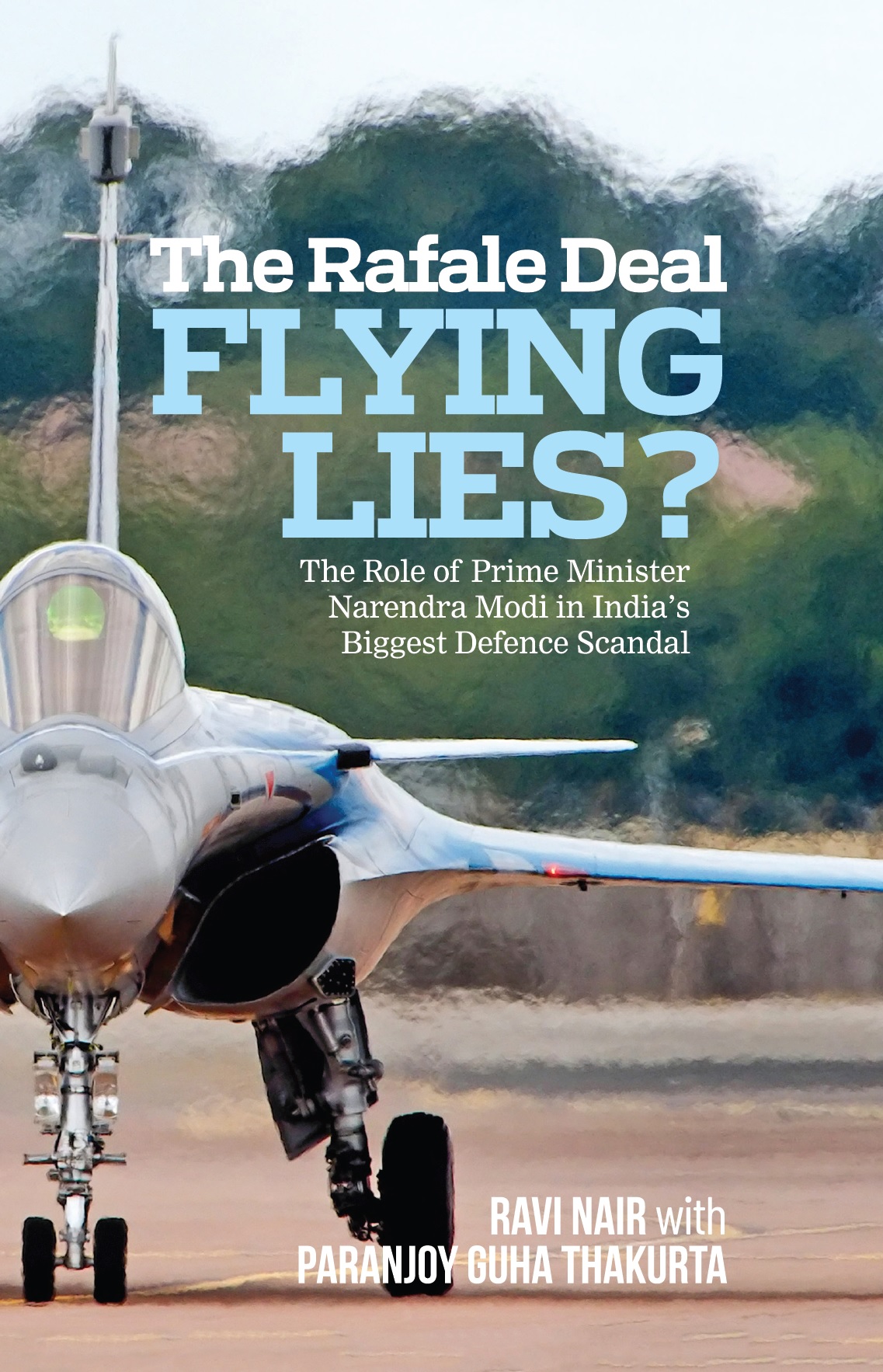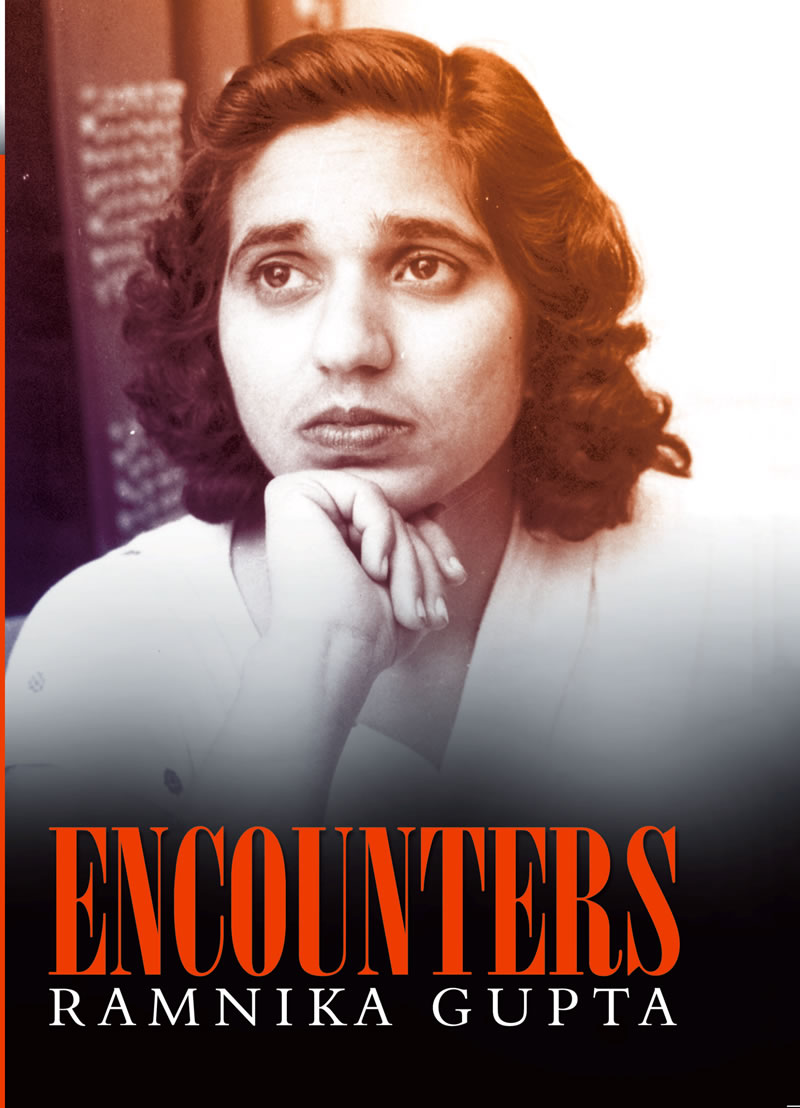Are prices going up or are they coming down? Is inflation or deflation the bigger problem in India at present? The answers are likely to be diametrically different depending on the person who is being asked these questions. Ask a homemaker shopping for her groceries and she will tell you that the prices of many vegetables and other food items are continuing to rise despite the fall in prices of diesel and petrol. The chief economic adviser to the Government of India in the ministry of finance, Arvind Subramanian, recently remarked that the governor of the Reserve Bank of India, Raghuram Rajan, should be more concerned about deflation rather than inflation.
Dr Subramanian’s remark has been widely interpreted as a not-so-subtle attempt to twist the arms of Dr Rajan, one of his predecessors in the finance ministry, who now heads the country’s central bank and apex monetary authority, so that he lowers interest rates. Dr Subramanian is a technocrat like Dr Rajan, but he appears to have made his statements on behalf of his political master, finance minister Arun Jaitley, who believes that the relatively high interest rates being charged by banks in India constitute an important factor that is constraining investments — and hence, job creation. The truth is far more complex.
In recent months, there has been a sharp divergence among the different indices measuring consumer prices, wholesale prices and the one used to deflate gross domestic product (GDP) to adjust it for inflation. These indices are compiled and calculated by different departments of the government. Retail inflation has come down from 9.8 per cent in September 2013 (when Dr Rajan took charge at the RBI) to 3.8 per cent in July this year. The wholesale price index has been in negative territory for the past nine months and stood at minus 4.05 per cent in July. Both indices are at their lowest in the last three decades. The GDP deflator is hovering in-between the other two indices, but closer to the wholesale price index.
While inflation in general and food inflation in particular were at their persistent and consistent highest during the decade the two United Progressive Alliance governments were in power, between 2004 and 2014, the most important reason why inflation has been benign over the last 15 months of the Narendra Modi government has nothing whatsoever to do with what the government has done, or not done. India imports nearly 80 per cent of the country’s total requirements of crude oil and world prices have come crashing down from roughly $115 a barrel in June 2014 to around $45 at present.
Oil imports comprise approximately a third of the country’s total imports. Low crude oil prices have enabled lower retail prices of diesel and petrol, which in turn have not only brought down inflation but also reduced India’s current account deficit (CAD) in its external balance of payments and increased foreign currency reserves. The CAD has come down from a peak of 5.2 per cent of GDP in the financial year 2012-13, to a more-than-comfortable 0.2 per cent in the quarter that ended in March 2015. The country’s foreign exchange reserves have jumped by 30 per cent over the two years. Dr Rajan has been at the helm of the RBI, from $274 billion to $355 billion — currently equivalent to around nine months of imports.
Most Indian capitalists and many in the finance ministry consider Dr Rajan to be a “hawk” in seeking to control inflation through monetary policy. He is also considered an economist of international repute who was able to anticipate the “Great Recession” that began seven years ago and also the more recent competitive devaluation or “currency wars” that have been triggered by the slowdown in China and the ongoing recession in Europe and Russia. Even as demands for interest rate cuts have become more strident of late,
Dr Rajan has pointed out time and again that banks have been sluggish in passing on the lower interest rates signalled by the RBI to their borrowers. Today’s developments bear a strong resemblance to what took place a few years ago when former RBI governor Duvvuri Subbarao decided to assert the autonomy that was his because of the constitutional position he held, after having served as a pliant and loyal bureaucrat under then finance minister Palaniappan Chidambaram. A week before he retired in August 2013, during a public lecture, Dr Subbarao argued that it was not his decisions but the government’s “loose fiscal policy” which should be held responsible for high interest rates, the “tight” monetary stance of the RBI and the weakness in the value of the rupee in world currency markets. Dr Subbarao’s dig at Mr Chidambaram was applauded by those in the audience.
Earlier, in November 2012, at a press conference, Mr Chidambaram had infamously attacked Dr Subbarao (who had served as finance secretary under him) by stating: “If the government has to walk alone to face the challenge of growth, then well we will walk alone.”
Even as the former finance minister vented his ire against Dr Subbarao for refusing to reduce interest rates and openly aired his differences with him, sitting next to Mr Chidambaram was — guess who? — the then chief economic adviser in the finance ministry, Dr Rajan. This irony should not be lost on those who observe the power relations that influence the working of India’s political economy. The shoe now clearly fits the other foot.
Historically, in India as well as in other countries, relations between those heading the central bank and the political and bureaucratic leadership have been strained. Many argue that this is as it should be, and may also be healthy for decision-making on economic policies and programmes. What has, however, particularly soured relations between North Block and Mint Street in recent months has been the covert attempt to curb the autonomy of the RBI governor by removing his veto power in a committee that determines monetary policy. Politicians don’t like independent technocrats and this story is being played out yet again.


